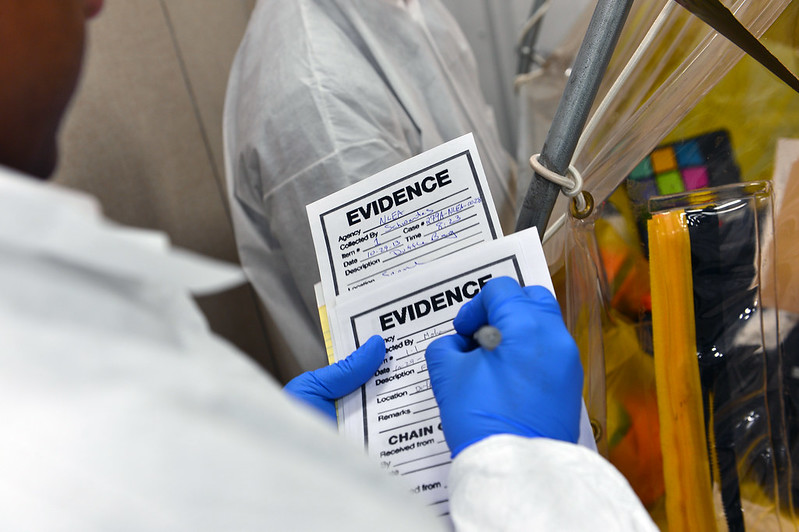
Digital Forensics is the processes and specialized techniques for gathering, retaining, and analyzing system-related data (digital evidence) for investigative purposes. In the NICE Workforce Framework, cybersecurity work where a person: Collects, processes, preserves, analyzes, and presents computer-related evidence in support of network vulnerability, mitigation, and/or criminal, fraud, counterintelligence or law enforcement investigations.
Your business needs to take proactive measures today to first reduce its chances of being hit by ransomware, phishing, or other cybersecurity attacks. Secondly, validate backups and disaster recovery plans are current and functioning in case you end up hit with ransomware. CyberHoot recommends the following best practices to avoid, prepare for, and prevent damage from these attacks:
Start building your robust, defense-in-depth cybersecurity plan at CyberHoot.
Synonyms: Investigation
Source: CNSSI 4009, NICE Workforce Framework
https://www.youtube.com/watch?v=lxUN-fOIe00
Discover and share the latest cybersecurity trends, tips and best practices – alongside new threats to watch out for.

The world of work has changed enormously since COVID-19. Gone are the days when IT admins sat behind a corporate...
Read moreGet sharper eyes on human risks, with the positive approach that beats traditional phish testing.
